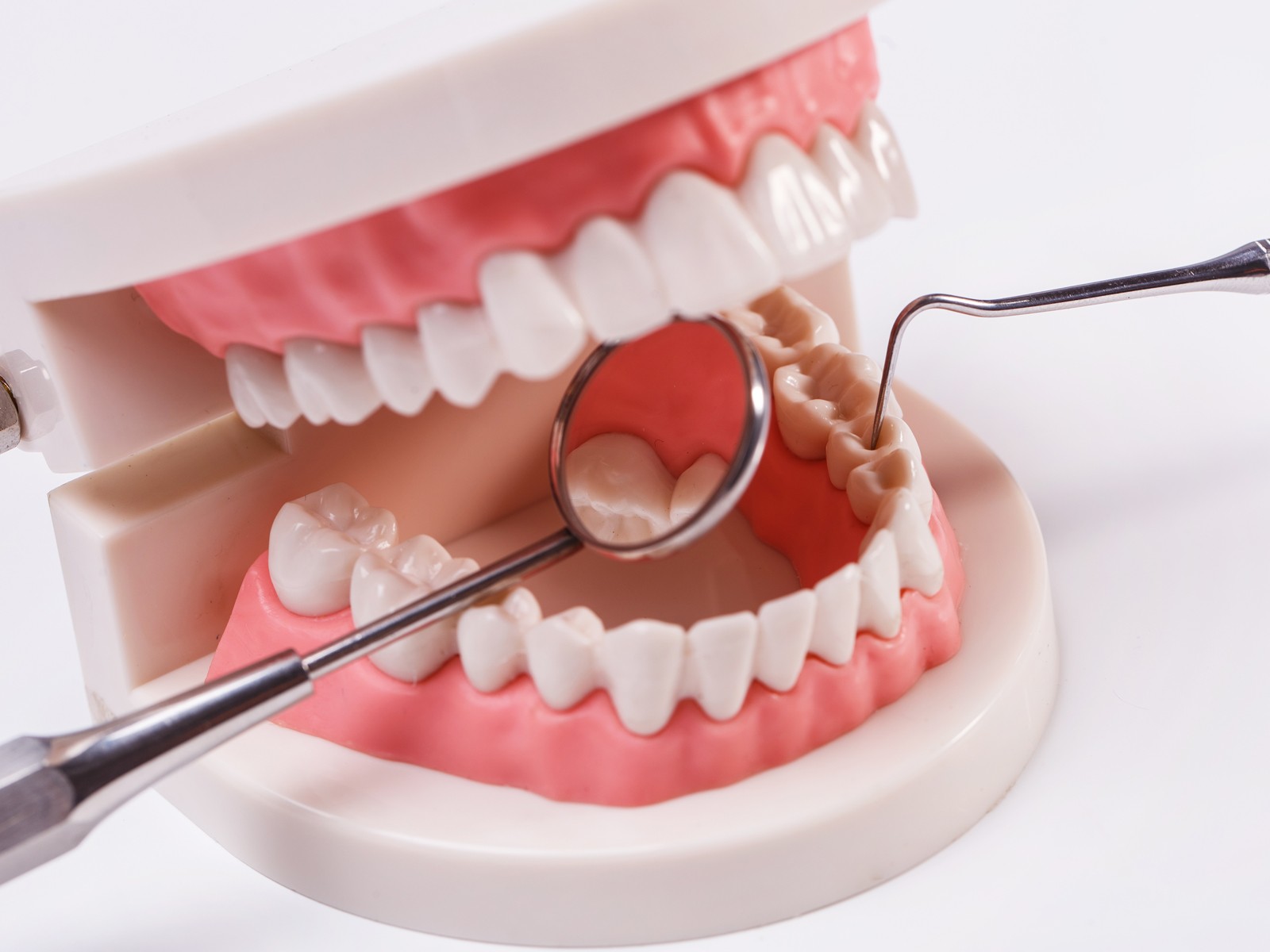
Teeth grinding, also known as bruxism, is a common habit affecting millions of children worldwide. It involves the involuntary grinding or clenching of teeth, often during sleep, causing damage to teeth, gums, and jaw joints. Teeth grinding in children can lead to various oral health issues, pain, and emotional distress. The experts offering dental practice in Carmel, NY, can help you and your kids sail through this dental problem in a more comprehensive manner.
This article will explore the causes, consequences, and corrections of teeth grinding in children.
What is teeth grinding?
Teeth grinding, also known as bruxism, is a habitual and involuntary grinding or clenching of the teeth, typically occurring during sleep or periods of stress. This repetitive motion can lead to wear and tear on the teeth, gums, and jaw joints, causing symptoms such as tooth sensitivity, jaw pain, headaches, and earaches.
Causes
- Stress and anxiety: Emotional distress triggers grinding.
- Misaligned teeth: Orthodontic issues lead to uneven biting surfaces.
- Airway obstruction: Sleep apnea or respiratory problems.
- Oral habits: Thumb sucking or pacifier use.
- Genetics: Family history of bruxism.
- Developmental stage: Teething, losing baby teeth.
Signs and symptoms
- Wear on teeth (flattening or chipping)
- Frayed or torn dental enamel
- Cracking or breaking of teeth
- Misaligned teeth
- Gaps between teeth
- Headaches or migraines
- Earaches or ear pain
- Jaw pain or tenderness
- Facial pain or tension
- Difficulty chewing or biting
- Grinding or clenching during sleep
- Grinding or clenching during stressful situations
- Nail biting or chewing
- Pencil or object chewing
- Gum recession
- Tooth Sensitivity
- Loose teeth
- Clicking or popping jaw
- Sleep disturbances
- Bedwetting
- Anxiety or stress
- Hyperactivity
What are the complications of teeth grinding in children?
Prolonged teeth grinding in children can have adverse consequences including:
- Tooth wear: Chipping, cracking, or flattening teeth.
- Jaw pain: TMJ disorders, headaches, and earaches.
- Gum recession: Exposed roots, increased risk of decay.
- Sleep disturbances: Disrupted sleep patterns, and fatigue.
- Emotional distress: Low self-esteem, anxiety.
How is teeth grinding corrected in children?
Correction of teeth grinding (bruxism) in children involves a combination of behavioral, dental, and orthodontic interventions.
Behavioral interventions
- Stress management: Teaching relaxation techniques.
- Habit awareness: Identifying grinding triggers.
- Positive reinforcement: Rewarding non-grinding behavior.
Dental interventions
- Occlusal adjustment: Smoothing tooth surfaces.
- Dental restorations: Repairing damaged teeth.
- Mouthguards: Custom-made to prevent grinding.
Orthodontic interventions
- Orthodontic treatment: Correcting misaligned teeth.
- Retainers: Maintaining alignment.
Other interventions
- Speech therapy: Addressing tongue-thrusting habits.
- Physical therapy: Relaxing jaw muscles.
- Medication: Managing pain, and anxiety.
Age-specific correction strategies
- Infants and Toddlers (0-3 years):
- Pacifier use.
- Teething toys.
- Preschoolers (4-5 years):
- Habit-breaking appliances.
- Behavioral therapy.
- School-Age Children (6-12 years):
- Orthodontic treatment.
- Mouthguards.
Parental guidance
- Monitor Sleep: Watch for signs of grinding during sleep.
- Encourage Relaxation: Teach stress-reducing techniques.
- Maintain Oral Hygiene: Supervise brushing and flossing.
- Schedule Dental Check-Ups: Regular visits for early detection.
How can teeth grinding be prevented in children?
Teeth grinding in children can be prevented by adopting the following tips:
- Regular Dental Check-Ups: Monitoring teeth grinding.
- Stress Management: Teaching relaxation techniques.
- Oral Hygiene: Good brushing and flossing habits.
- Healthy Sleep Habits: Establishing consistent sleep schedules.
- Dietary Changes: Avoiding sugary, acidic foods.
Wrapping up
Teeth grinding, or bruxism is a common habit in children that can lead to serious dental and orthodontic issues if left untreated. Early detection and intervention are crucial in preventing damage to teeth, gums, and jaw joints. By combining behavioral, dental, and orthodontic interventions, parents and caregivers can help children break the grinding habit and maintain optimal oral health. Encouraging good oral hygiene practices, managing stress, and scheduling regular dental check-ups are essential in preventing bruxism. With prompt treatment and guidance, children can overcome teeth grinding and develop a healthy, beautiful smile that lasts a lifetime.
